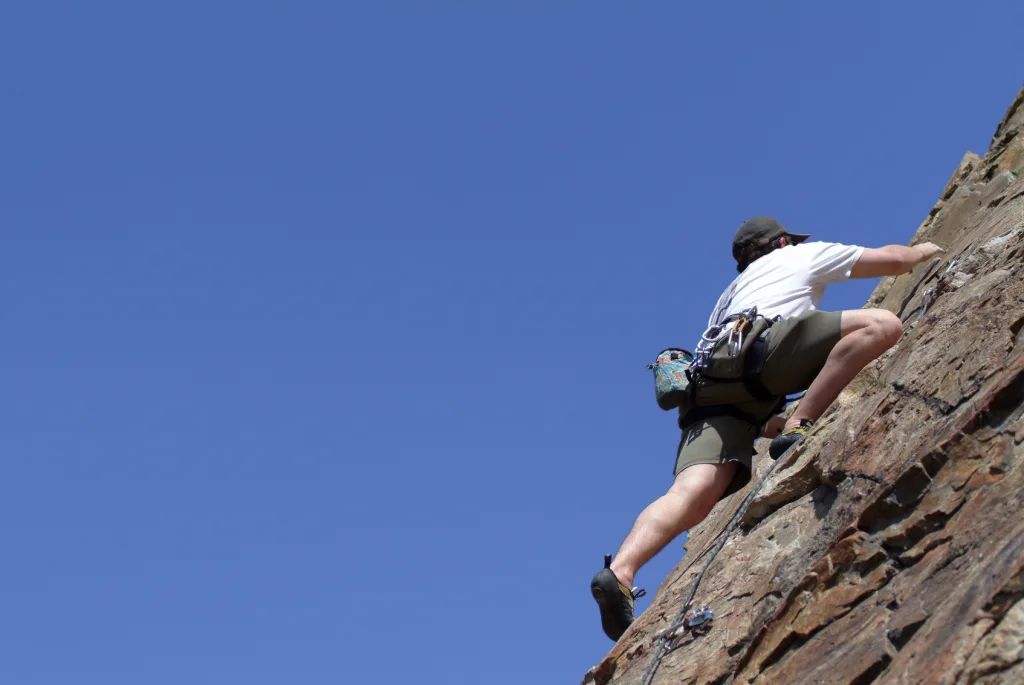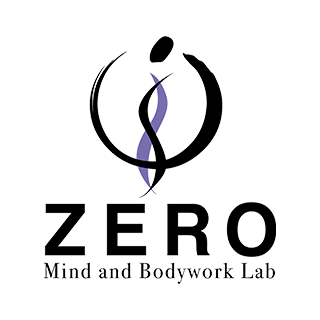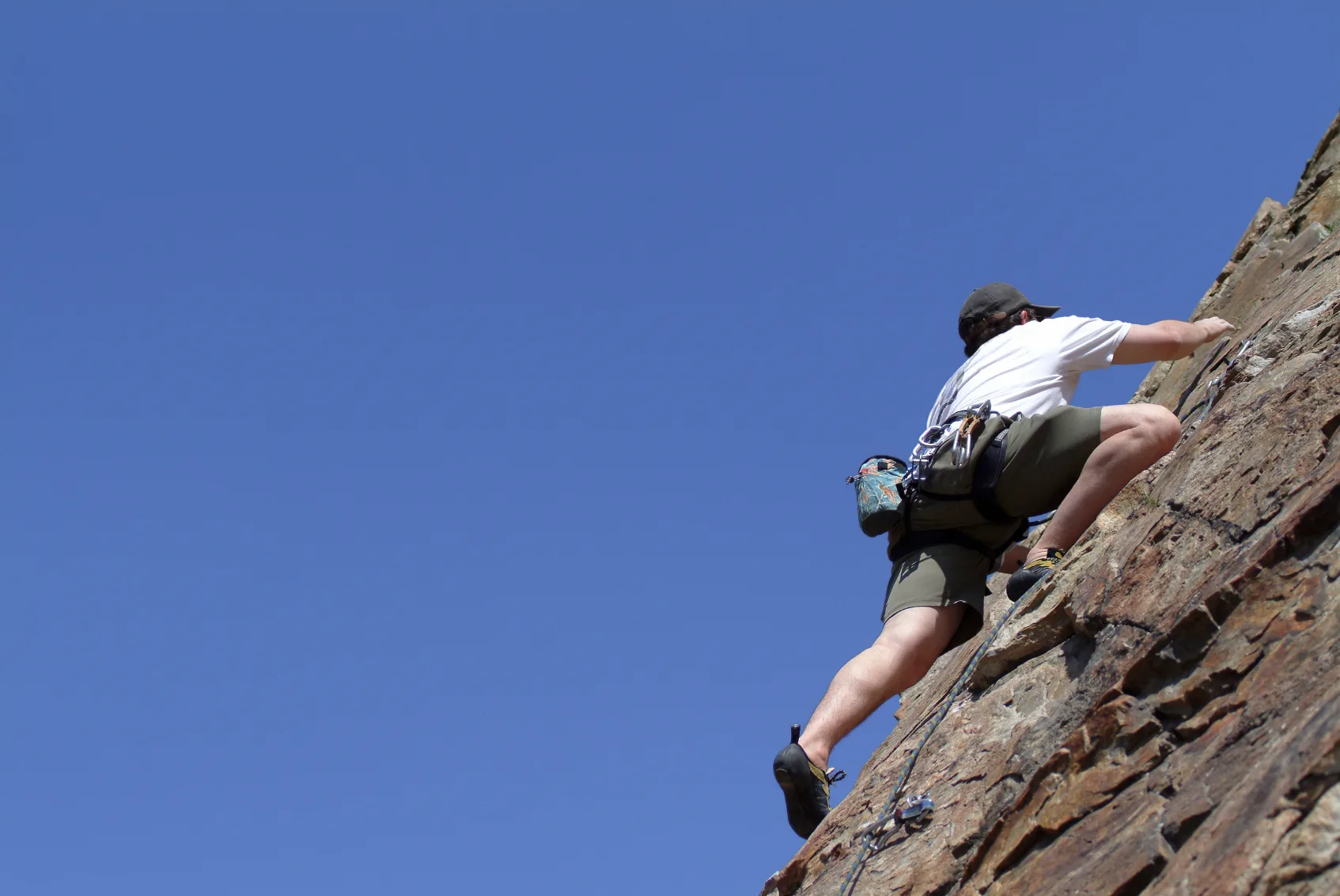What is Rolf Movement?
Rolf Movement is a form of bodywork that incorporates movement into the framework of Rolfing® and explores the quality of movement.
Rather than aiming to correct posture or motion, its purpose is to reorganize the relationship between the body, gravity, and space, thereby restoring more natural, balanced, and harmonious movement.
We unconsciously perform actions such as standing, walking, and sitting every day. However, behind these movements lie accumulated patterns—habitual tension, past emotions, and ingrained motor behaviors. Rolf Movement helps bring awareness to these unconscious patterns and supports the re-education of movement, unlocking the body’s potentialonce again.

This approach is not simply exercise or physical therapy. It is a process of sensory re-education and neural repatterning, bringing change from the inside out.
In short, Rolf Movement doesn’t aim to “change the body” — rather, it offers an experience where “your relationship with yourself changes through a new way of using your body.”
Body Schema and Body Image — The Foundations of Sensation and Movement
ロルフ・ムーブメントでは、 ボディスキーマ(body schema)とボディイメージ(body image)という2つの身体認識の仕Rolf Movement places great importance on two bodily awareness systems: body schema and body image.
- Body schema refers to the internal “map” of the body maintained unconsciously by the brain and nervous system. It forms the neurological basis for automatic control of movements like standing, walking, and reaching.
- Body image refers to the conscious perception and mental representation of one’s body — shaped by feelings, memories, and cultural values.
Rolf Movement seeks to “repattern the body schema in order to transform the body image.”
And when the body image shifts, movement itself changes — along with the way we feel and inhabit our bodies.
Pre-movement and Phoric Touch
A key concept in Rolf Movement is pre-movement — the state of the body before a visible movement occurs.
For example, in the brief moment between standing and sitting down, where does effort gather, and where is release happening? These subtle precursors often reveal unconscious holding patterns.
Another essential concept is Phoric Touch — a way of touching that includes orientation and directional awareness. Through touch, we gently highlight reference points and vectors of movement, helping the body recognize where it is moving from and where it is moving toward.
What is Tonic Function? — The Perspective of Hubert Godard
French Rolfer™ Hubert Godard has significantly influenced the development of Rolf Movement by introducing the concept of Tonic Function.
This theory explores how the body organizes itself in relation to gravity to achieve both stability and movement coordination.
- Tonic muscles: Muscles that work continuously and unconsciously to maintain posture and respiration. They are fatigue-resistant and support the body in harmony with gravity.
- Phasic muscles: Muscles used for intentional, short-duration movement. They fatigue easily and are associated with performance and effort.
Many modern individuals rely too heavily on phasic muscles, often resulting in chronic tension, such as shoulder stiffness and lower back pain.
Rolf Movement helps reactivate the sensory awareness and function of the tonic system, supporting a state of “effortless stability.”
Six Somatic Perspectives — Connecting Sensation and Movement
- 1. Visceral × Articular × Musculo-skeletal Coordination
- Integrating the movement of internal organs, joint spaces, and musculoskeletal structure to restore natural movement from deep within.
- 2. Reconstructing the Body Map (Proprioception)
- For those with poor awareness of limb or joint position, proprioceptive stimulation helps develop spatial awareness and motor self-perception.
- 3. Creating Depth in the Body (Volume × Vector × Coordination)
- By sensing inner volumes (like the spine or skull) and organizing bidirectional movement and coordination, we restore a sense of depth and spatial expansion.
- 4. Developing Safe Orientation
- By incorporating clear directional orientation into movement, we enhance the sense of safety and boundaries.
- 5. Relating to Peripersonal Space
- Through the limbs, we increase the body’s awareness of and connection to the space immediately surrounding it.
- 6. Cultivating a Sense of Embodiment (Sense of Belonging)
- Through safe movement and supportive environments, we help rebuild a sense that “this body belongs to me.”
Recommended to those of you:
- 1. Those seeking to fundamentally revise their movement patterns
- 2. Practitioners of yoga, dance, martial arts, or other somatic disciplines
- 3. People struggling with chronic postural habits or physical stiffness
- 4. Anyone wishing to breathe, walk, and move with greater ease
- 5. Those who have completed the Rolfing 10-Series and wish to deepen their integration
Rolf Movement 3/5 Session Series Overview
Recommended for: Those seeking to refine body usage, practitioners of yoga, dance, or martial arts, and people with chronic tension or movement habits
Purpose: To cultivate a deeper connection between perception and movement, and to learn more efficient and natural body use
Expected Benefits: Increased ease and fluidity in movement, improved balance, release of unconscious tension patterns, heightened body awareness
Fees: Single session: ¥15,000 (tax included), 5-session series: ¥66,000 (tax included, paid in full), 3-session series: ¥40,000 (tax included, paid in full)

This 3- or 5-session Rolf Movement Series is a progressive program focused on movement education and sensory refinement.
The 3-session series offers a foundation in movement reeducation, while the 5-session series delves deeper into nervous system regulation and whole-body integration.It can be taken independently or in combination with the Rolfing Ten Series.
Rediscovering new movement – Conclusion
When the quality of movement changes, the way we inhabit our body changes — and with it, the quality of life.
Rolf Movement sessions carefully reestablish the relationship between the body and space, helping you rediscover the experience of moving more naturally, more like yourself.

